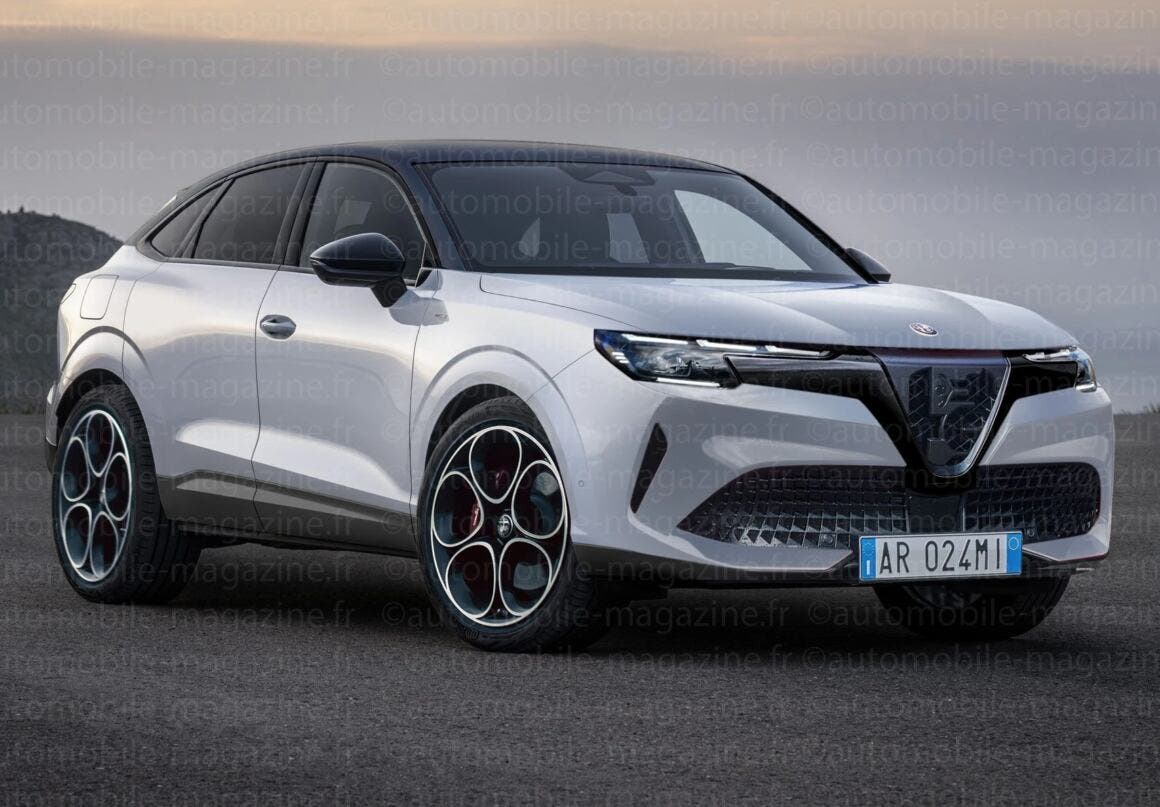The future of the Alfa Romeo Stelvio and Giulia still seems distant. Both models, initially planned as EV-only, have been postponed indefinitely, likely to 2027 or 2028, due to a late decision to also introduce combustion engines. The choice reflects the reality that not all customers are ready to switch to electric. As a result, the Cassino plant will need to be retooled to build both battery-powered and combustion versions, a major technical challenge.
Alfa Romeo: Stelvio and Giulia delayed to 2027–2028, new SUV could fill the gap

The real sticking point remains the choice of engines. The 1.2-liter three-cylinder PureTech unit, common in Peugeot and Opel models, lacks the power required for large vehicles like the Stelvio and Giulia. More plausible is the new 210-hp 1.6 hybrid already featured in the Jeep Cherokee, though its technical layout only supports transverse, front-wheel-drive platforms, while Alfa’s larger models will continue to rely on longitudinal, rear-drive architectures.
An alternative could be Jeep Wrangler’s 2.0-liter turbocharged gasoline engine with 272 hp, also available in a 380-hp plug-in hybrid 4xe version. This setup would align Alfa with rivals such as the Audi Q7, delivering premium performance consistent with the brand’s positioning. However, no final decision has yet been made.
While powertrain options are debated, Alfa Romeo faces a more immediate challenge: reviving sales. In 2024, the brand sold just 62,000 units globally. Growth of 11.9% was almost entirely driven by the Tonale. In 2025, sales are rising again, this time thanks to the new Junior. But it’s still not enough.

To reverse the trend, Alfa needs a new model positioned between the Junior (4.17 m) and the Tonale (4.52 m). The idea is a compact SUV of around 4.35 meters, close in size to the new Audi Q3. Such a project has already begun internally, derived from the Opel Manta SUV coupé concept unveiled at the 2023 Munich Motor Show but never produced. Alfa Romeo is now expected to pick up that design study and transform it into a production model.
A vehicle of this size could prove crucial in restoring Alfa Romeo to more competitive volumes in Europe, pairing with the Junior to push annual sales toward the 100,000-unit mark while waiting for the next-generation Stelvio and Giulia.
